How Long Has The 737 Been In Service
The Boeing 737 has been one of the most successful aircraft of all time. As of mid-2020, it remains the almost delivered aircraft to engagement but has been overtaken by the Airbus A320 for orders. First flying in 1967, it has been through several variants since then, each time improving and updating its offering.
This guide takes a expect at the history of this long-serving aircraft, through each of the generations and variants produced. It will besides look at the future, following the grounding of the latest 737 MAX aircraft, and hash out where Boeing may head next.
The 737 – a long term success story
The 737 has been a major success for Boeing. It was envisioned in the 1960s every bit a supplement, and eventual replacement, to the Boeing 727. It has remained in production always since, moving through four different generations, each with several variants to serve different airline requirements.
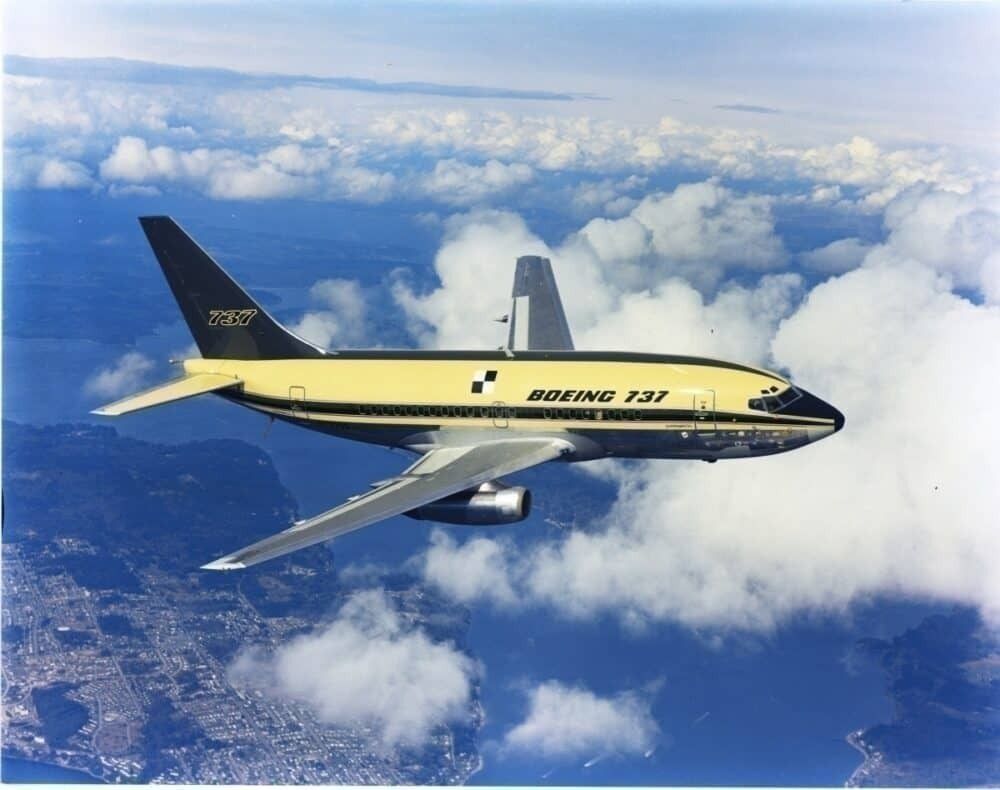
To date, 10,580 737 aircraft have been delivered (co-ordinate to data from Boeing equally of July 2020), and 14,801 take been ordered. This makes it the near sold aircraft to date, simply the Airbus A320 has now caught up in orders, with fifteen,572 orders (equally of May 2020, according to Airbus).
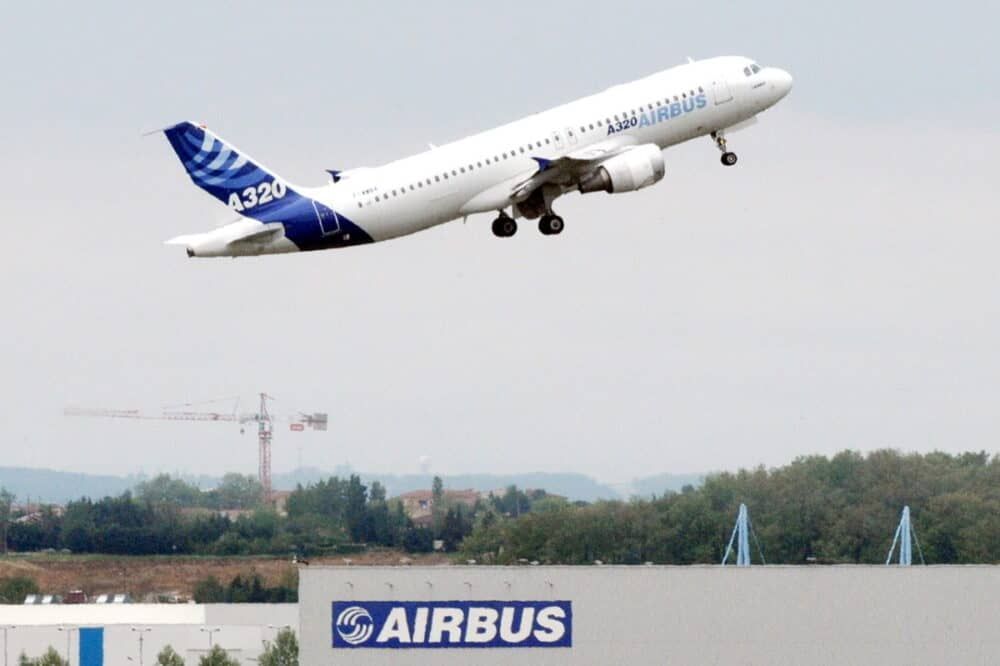
Function of this success has been its well-engineered pattern and constant evolution to meet airline demands. The 737 was designed to beat the competition at the fourth dimension (mainly the Douglas DC-9, simply also the BAC One Eleven and the Caravelle from Sud Aviation).
Equally the 737 has moved through its variants, its offering has changed. This has included options such equally combined cargo models, and adaptions for gravel landing, designed to gain market share. It has also, of grade, evolved with the times, with subsequent generations adding new engines and offering more efficient functioning to go on upwards with the contest.
By variant, 737 orders and deliveries intermission downwardly every bit follows:
| Variant | Orders | Deliveries |
|---|---|---|
| 737-100 | thirty | 30 |
| 737-200 | 1114 | 1114 |
| 737-300 | 1113 | 1113 |
| 737-400 | 486 | 486 |
| 737-500 | 389 | 389 |
| 737-600 | 69 | 69 |
| 737-700 (including BBJ1) | 1167 | 1164 |
| 737-800 (including BBJ2) | 5189 | 5143 |
| 737-900 (including 737-900ER and BBJ3) | 564 | 564 |
| 737 MAX | 4559 | 387 |
Development of the 737 – switching to twin engines
Information technology may non seem as obvious today, with the prevalence of twin-engine aircraft flight, but at the time of its design and launch, one of the key offerings of the 737 was ii engines. The Boeing shipping preceding it, the 707 and the 727, were four and three engine aircraft. Market attending was shifting to a more economical two engine possibility, and this is what the 737 set out to offer.
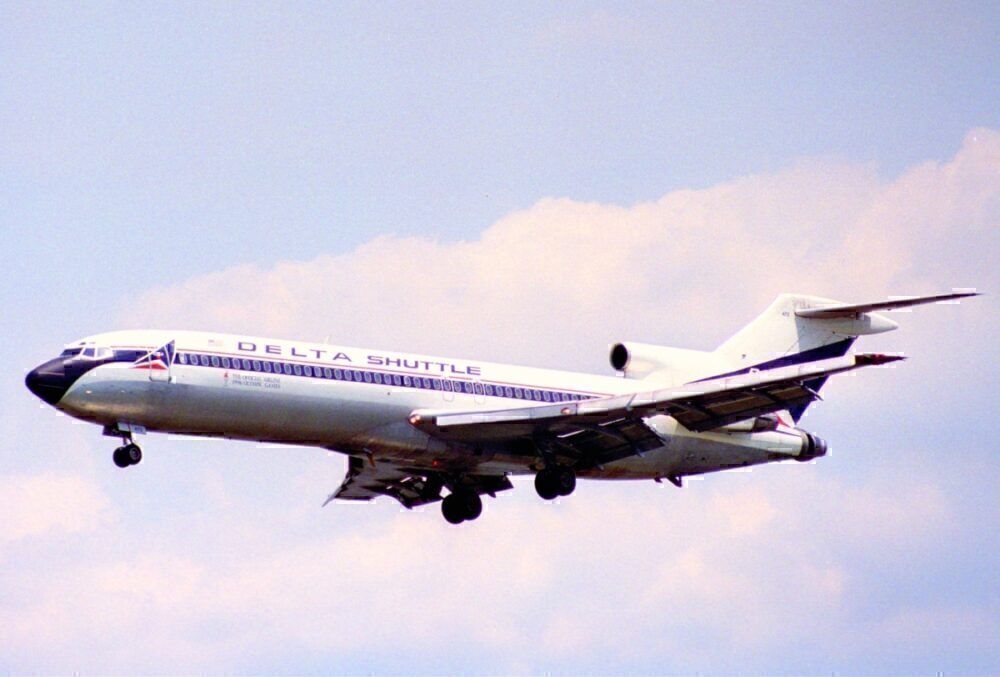
Other manufacturers were, of course, also developing twin-engine shipping. Boeing opted for a different pattern, though, which ultimately proved very successful. Information technology mounted the two engines under the wings, whereas many other manufacturers chose to mountain the engines on the rear of the fuselage.
This move allowed Boeing to offer a wider fuselage, and the 737 featured half dozen across seating (five beyond was typical with other manufacturers). It also meant that standard width freight containers could exist loaded, assuasive for dual-utilise that go pop with many airlines. Maintenance was easier, also, with engines closer to the ground.
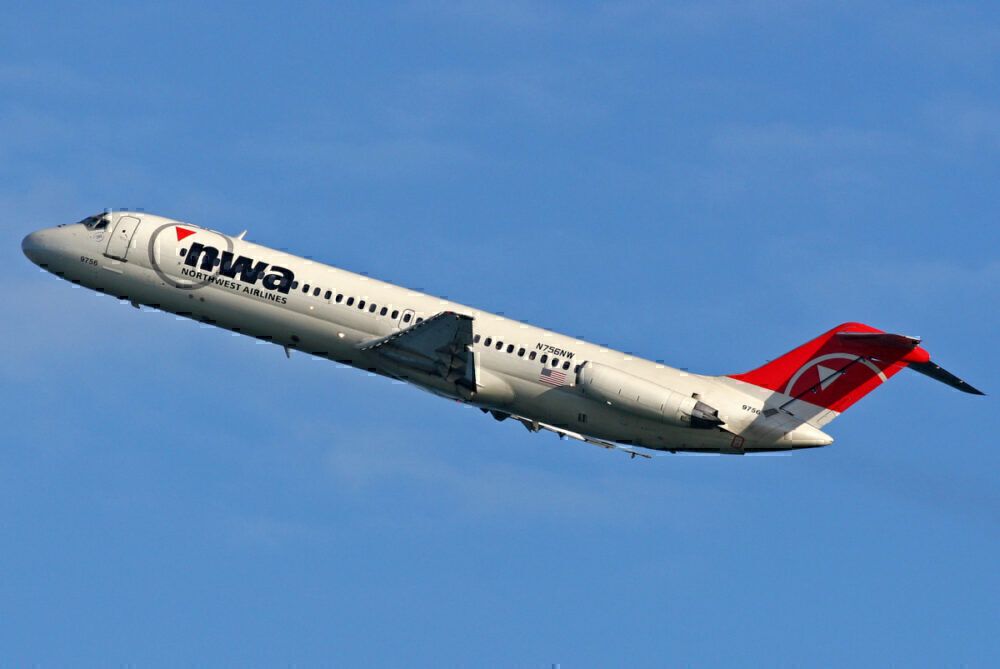
The 737 Original: 737-100 and 737-200
New construction location
Construction of the commencement 737 shipping took place at Boeing's institute at Boeing Field in Seattle, in the aforementioned edifice (Establish 2) where aircraft such as the B-17 Flying Fortress, B-52 Stratofortress were built. According to Boeing, this building was not large enough to suit the 737's tail, which was added outside the building before the shipping was transferred to the new production line. Production presently moved to Renton, Washington, where it remains today.
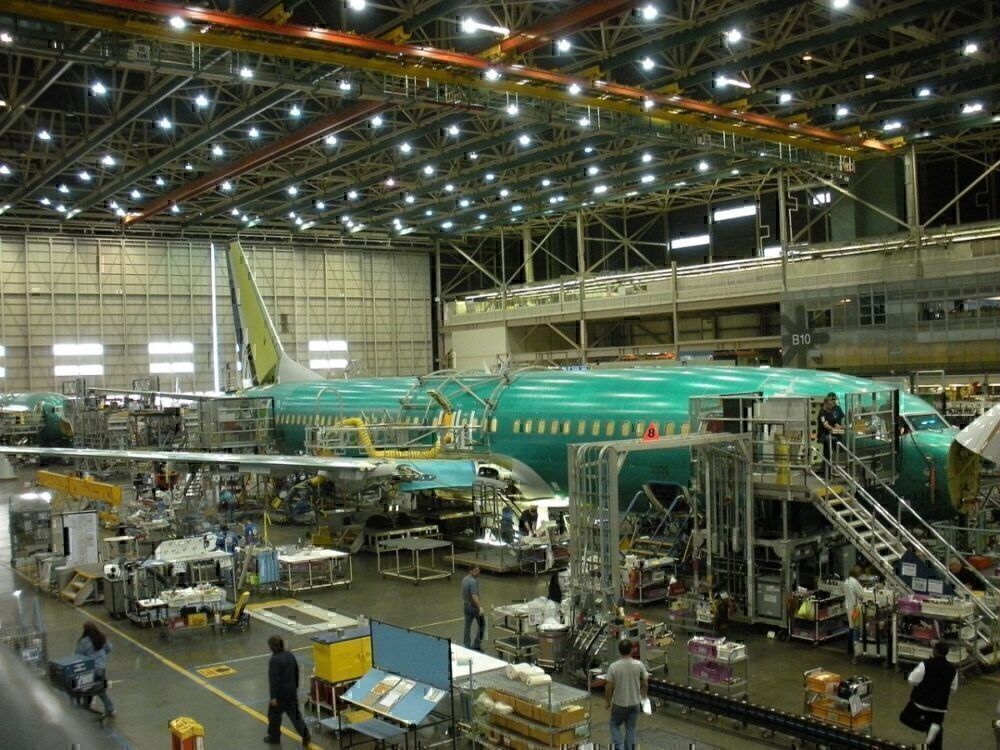
The first 737 aircraft was unveiled on January 17th, 1967. Boeing recalls the issue on its website:
"At a ceremony inside the Thompson Site on Jan. 17, 1967, the first 737 was introduced to the world. The festivities included a christening by flight attendants representing the 17 airlines that had ordered the new airplane."
The original generation and variants
The first aircraft launched was the 737-100. The launch customer was Federal republic of germany's Lufthansa – the kickoff not-US based airlines to launch a Boeing aircraft. It first flew in February 1968.
The 737-100 featured the introduction of twin engines. Boeing chose Pratt & Whitney JT8D low-bypass engines. It was smaller than whatsoever model that followed it, offering a typical two-class chapters of just 85 (with a maximum exit limit of 124). Only 30 737-100 aircraft were ever delivered, however, and it was before long improved past the 737-200.

The 737-200 apace followed the 737-100. It first flew in Baronial 1967 and entered service with United Airlines in April 1968. The master difference was an extended fuselage, requested by United and preferred by almost airlines. This offered a typical seating capacity of 102 (and a limit of 136). It also added improved engines (the same JT8D engines but with higher thrust).
Despite airline requested improvements, sales were still deadening. Boeing fifty-fifty considered canceling the projection in the early on days of slow 737-200 sales, simply it picked up with an society from the United states of america Air Force for nineteen T-43 military variants.

Adaptions to run into client demand
At that place was also a 737-200 Advanced model, launched in 1971. This included improved aerodynamics, higher thrust engines, and increased fuel capacity and range. These improvements worked well, addressing airlines' concerns with the first model, and the 737-200 went on to sell 1095 aircraft, with production lasting until 1988.
The focus on meeting customer requirements continued, with options including an 'Unpaved Strip Kit' assuasive landing on gravel runways, popular with some airlines in places such equally Canada and Alaska.
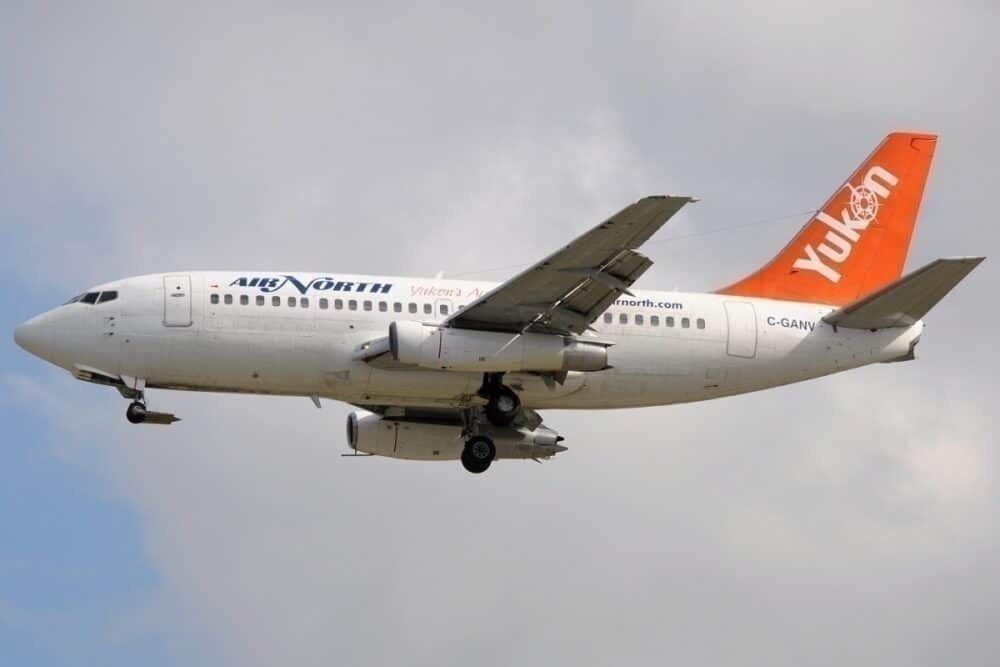
Boeing too developed a convertible version for passenger and cargo use (the 737-200C). This variant had a larger cargo door and strengthened cabin floor. In total, 104 were delivered.
The 737-200 proved to be a pop and versatile plane. Every bit of July 2020, there were still 36 737-200 aircraft operational. This was more than the number of agile A380 shipping at the time! These remain in passenger service with some Canadian airlines, and in performance with several authorities operators. Simple Flight took a expect at these and highlighted the oldest 737s still operating – a couple of them are over 50 years old.
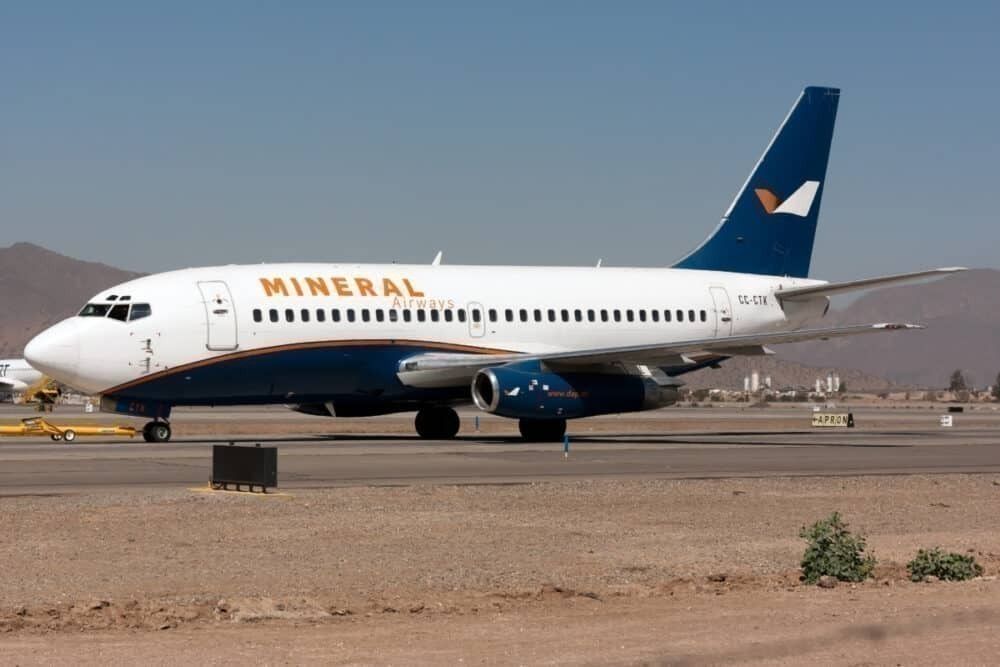
The 737 Classic: 737-300, 400 and 500
Introducing the first major improvements
Boeing went on to make several improvements for the next generation of 737s. The Classic series was launched with the 737-300 in 1984. There were many changes and improvements, only chiefly the new models kept commonality (in both design and flight operation) with earlier models.
The main changes in the Classic serial were improvements in capacity and fuel efficiency.
The 737-300 was powered by a new CFM56 turbofan engine, offer increased thrust (upwards to 23,500 lbf compared to 16,400 lbf for the Pratt & Whitney engines on the 737-200). Withal, with a larger engine bore and low footing clearance of the 737, they had to be placed ahead of the wing.
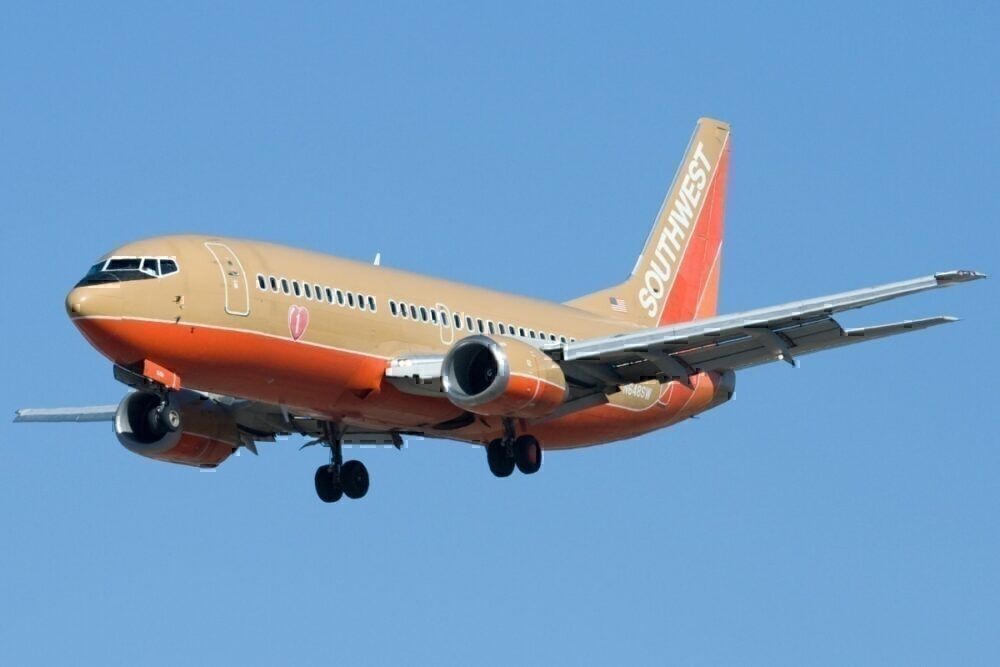
Other structural improvements for the Classic series included:
- An increment in wingspan and extension of the wingtips, offer improved aerodynamics.
- A new design of the tailfin.
- Several cabin improvements (based on features developed for the Boeing 757).
This marked the real start of the success of the 737 family. The Original series picked up eventually after initial dull sales, only information technology was with the Archetype series that orders really increased, The Classic serial remained in product until 2000, and a total of i,988 aircraft were delivered.
The Classic series and variants
The Classic serial had three variants offering unlike capacities and range, with the same main airframe design. This selection of size and range became the standard with all futurity generations of the 737.
The 737-300 was the middle-sized option, with a typical two-class capacity of 126 (an increase of 24 over the previous generation 737-200).
The 737-400 continued this expansion. Stretching the 737-300 around 3 meters increased the chapters to 188. The range was slightly reduced to 3,820 kilometers (compared to four,176 kilometers with the -300).
And the 737-500 was offered equally a smaller model. This model reverted to the size and capacity of the 737-200, with a typical 2-class capacity of 110. This also pushed the range up to iv,398 kilometers. It made a perfect replacement for the crumbling -200 aircraft at the time.
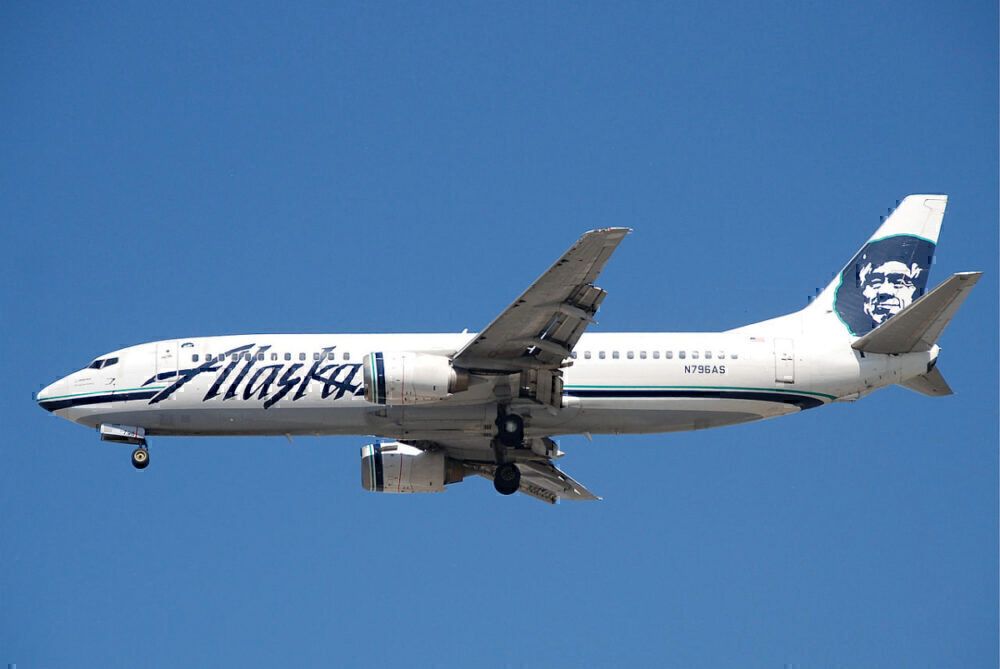
The 737 Next Generation: 737-600, 700, 800, and 900
Competing with the A320
The next major update to the 737 started in 1991 when Boeing began working on the 737 Next Generation series, or 737NG. Airbus' development of the A320 prompted this.
During the 1980s, in that location was a gap in the market for a new European constructed single-aisle aircraft. Governments realized this and worked with several manufacturers to develop plans. Airbus somewhen went on to design three shipping of differing sizes, later to become the A320 family. The A320 entered service in Apr 1988 with Air France.
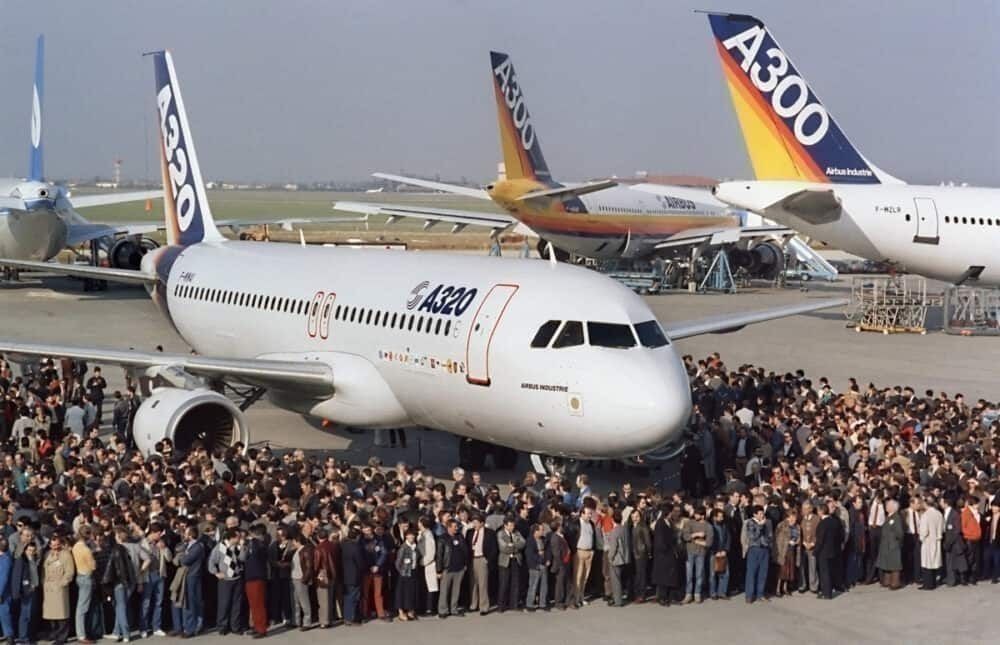
Boeing faced serious competition from the A320. It offered more efficient operation than the 737 Classic series, and full fly-by-wire design. Several Boeing customers, including Lufthansa and United Airlines, placed orders with Airbus early.
Its solution was the Adjacent Generation serial plan, launched in 1993. The offset aircraft did non wing, yet, until December 1997, with launch client Southwest Airlines.
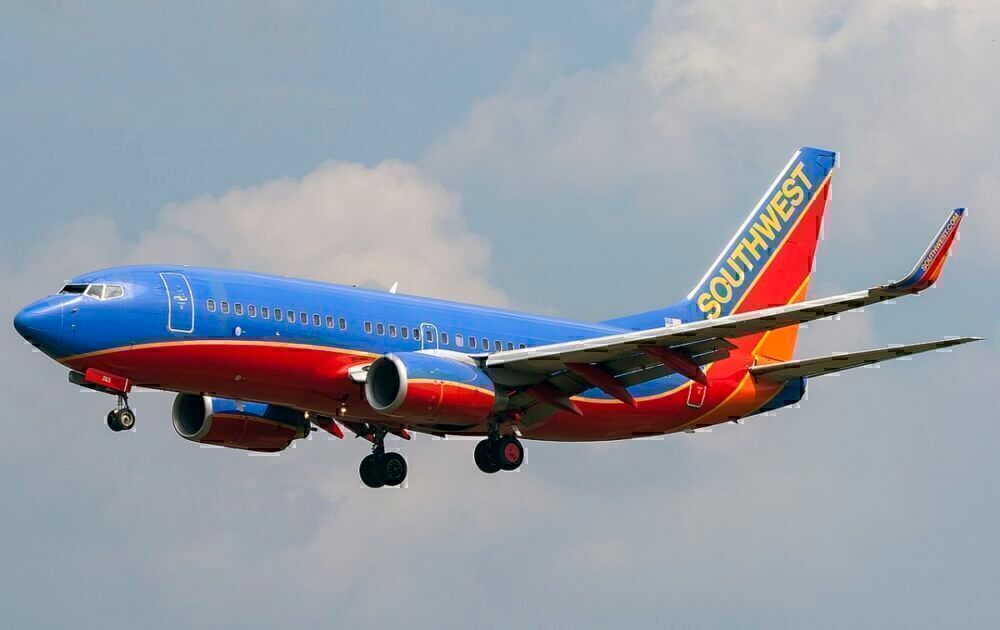
Side by side Generation improvements
Fuel efficiency was the main improvement with the serial. This was to compete with the A320 every bit well as accost the high oil prices at the time. It also offered improved range and higher capacity options than the Classic series.
The 737NG was a meaning update to the 737, with new airframe and fly designs, and a glass cockpit. Importantly though, it maintained commonality with previous 737 variants, helping airlines with maintenance and crew operations.
The main aircraft updates include:
- Upgraded CFM56-7 engines, with improved fuel efficiency.
- A re-designed fly, with increased bridge and area (and allowing increased fuel capacity).
- New digital cockpit.
- Interior cabin improvements, including larger bin space (several updates based on 777 designs).
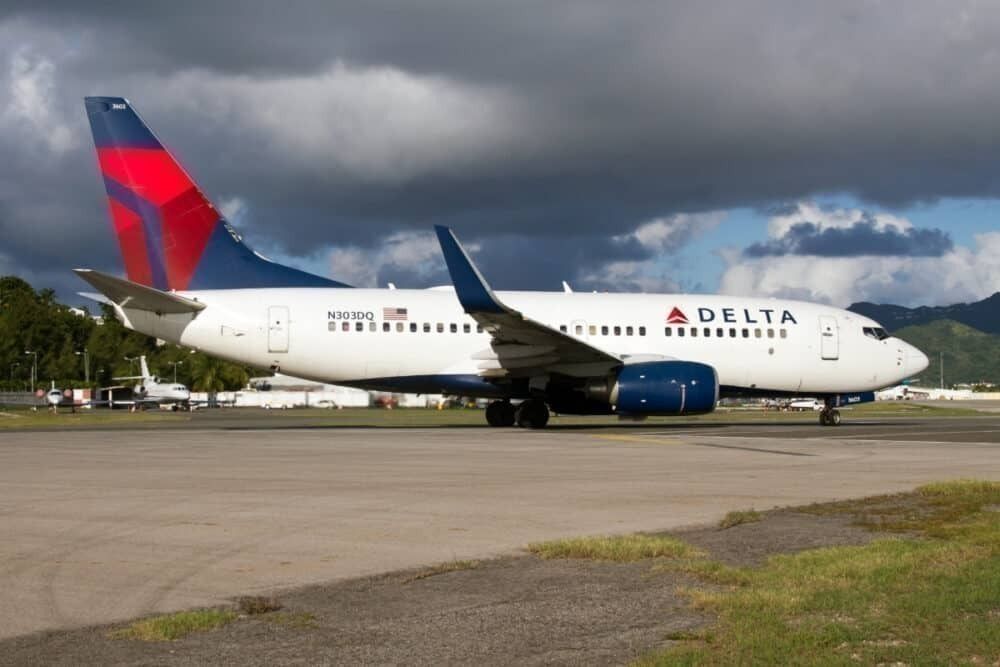
The Next Generation serial and variants
There are four 737NG models of differing sizes. The 737-600 outset flew with SAS in 1998. It is the smallest variant, with a typical two-class capacity of just 108, and an exit limit of 149. With its small size, it was designed as a replacement for the 737-500, and every bit a competitor for the A318, the smallest fellow member of the A320 family.
The 737-700 is stretched by around ii.4 meters, taking its typical capacity up to 128 (but retained the same exit limit). This was the kickoff variant launched, inbound service with Southwest Airlines in December 1997. The 737-700 was also offered as a convertible cargo version, the 737-700C.
The 737-800 entered service in April 1988 with Hapag-Lloyd Flug (afterward to get TUIfly). It is stretched further than the 737-700, making it a suitable replacement for the 737-400. It takes rider capacity up to 189.
The 737-800 has been the all-time selling of any 737 variant, totaling upwards 4,991 orders (according to Boeing data). Simple Flying looked previously at how compromise has made it such a success. The 737-800 offers an excellent combination of range and chapters, non the largest of either, merely a very versatile option for many airlines.

The longest version, the 737-900, entered service last, in 2000. An extended range version, the 737-900ER increased range as well as rider capacity (up to a maximum of 220 as it added a 2d prepare of go out doors).
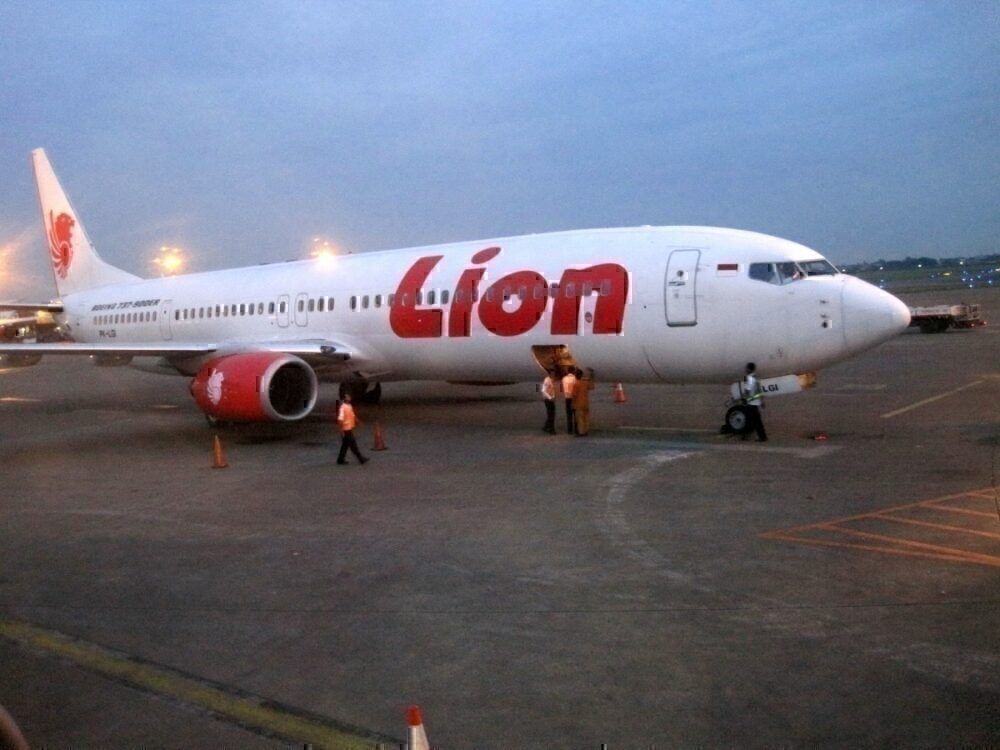
Military variants of the 737NG
The 737 has been pop with many regime and military operators, as well as airlines. The 737NG is notable for its conversion for 2 war machine uses:
- The 737 AEW&C (737-700W) is an airborne early warning and control shipping, adult from the 737-700. Information technology was launched first with the Australian government and has since besides been delivered to the Turkish Air Force, the South korea Air Force and the UK Royal Air Force (17 aircraft in total).
- The P-8 Poseidon (737-800A) is a armed forces maritime patrol shipping, starting time developed for the US Navy, to replace a Lockheed version introduced in the 1960s. It is based on an extended range version of the 737-800. Boeing has sold 175 of these aircraft to vii countries.
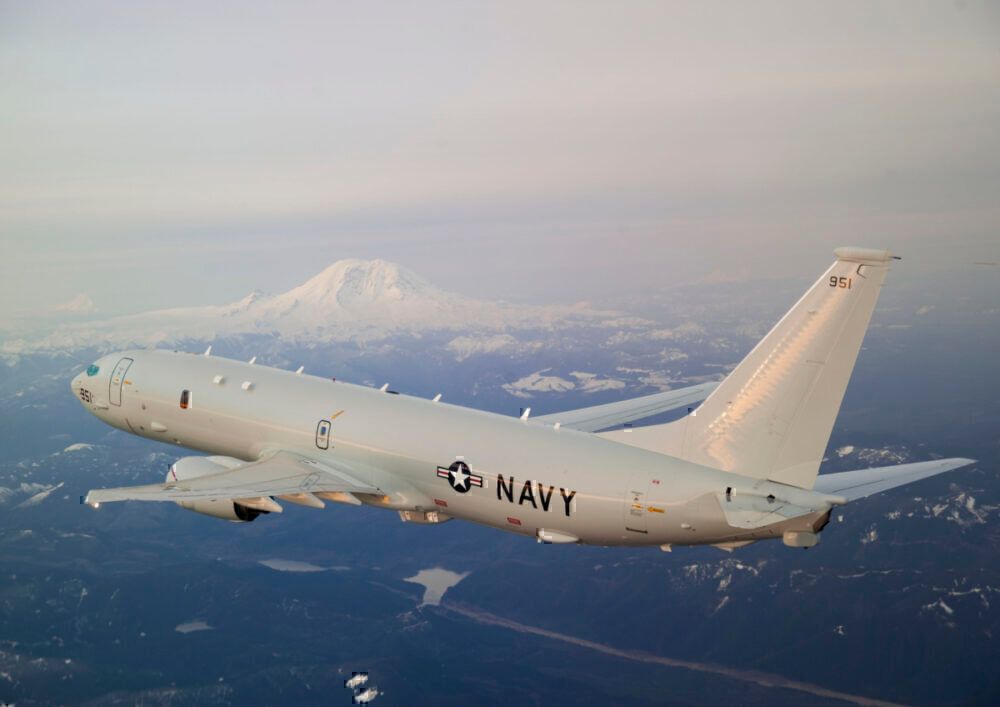
Boeing Business Jet series
Boeing has been offering business jet versions of the 737 since the tardily 1980s, with the 737-300. The serial was expanded and renamed as Boeing Business organisation Jet (BBJ) with the 737NG series.
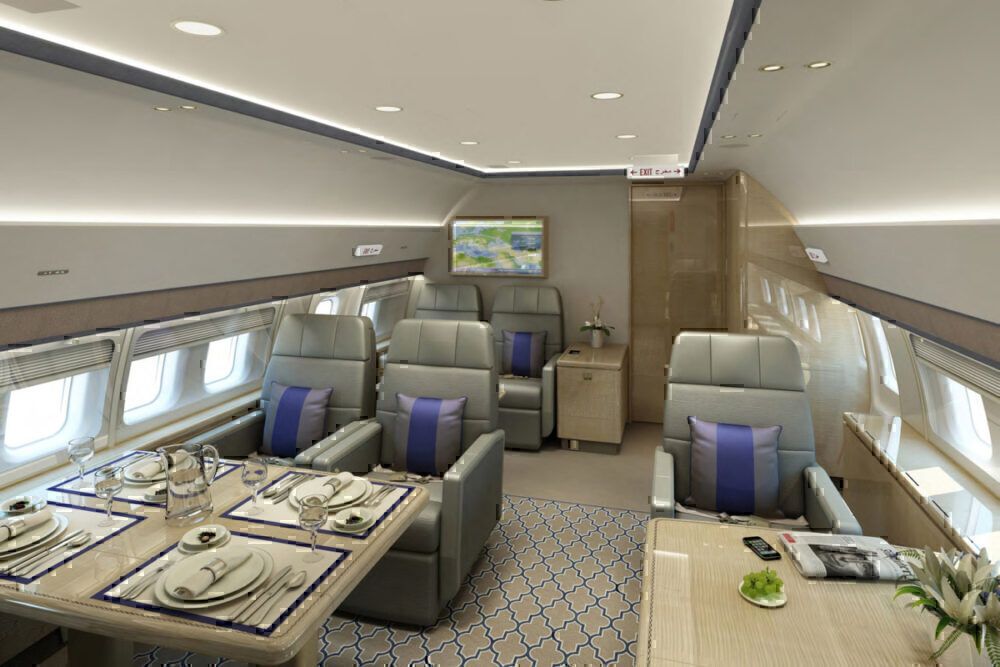
Three BBJ variants are offered:
- BBJ1 was the start to be launched, first flying in September 1998. It is based on the 737-700, but with some features (including a stronger landing gear and increased range) of other 737NG variants.
- BBJ2 was starting time delivered in Feb 2001. It is based on the larger 737-800 and offers increased range and motel space.
- BBJ3 is a larger variant, based on the 737-900ER. Just 3 take been ordered (compared to 121 BBJ1 and 23 BBJ2 aircraft).
The BBJ series was launched with the 737NG, but it covers other aircraft besides. There are BBJ versions of the 737 MAX, as well equally the 757. 767, 777, 787, and 747.
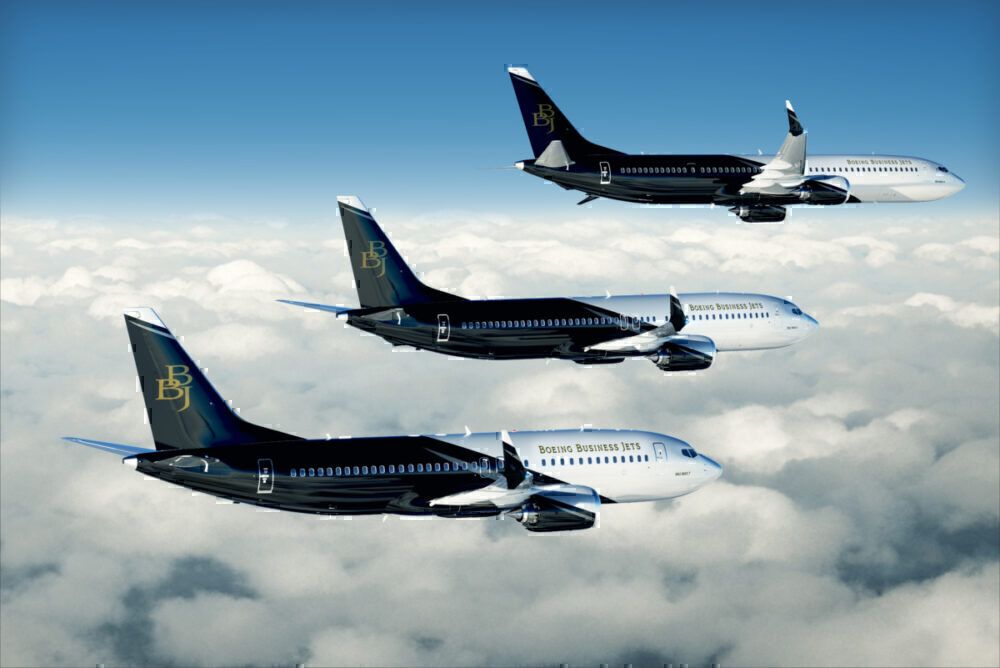
The 737 MAX series: 737 MAX 7, MAX 8, MAX 9 and MAX 10
Further efficiency improvements
Moving forrard to 2011, Boeing again responded to developments from Airbus in its next generation of the 737. Airbus launched the A320neo (new engine option) family in 2010. This offers significantly improved efficiency with new engines and other improvements.
The 737 MAX series was announced in 2011 and was introduced in May 2017 with the Indonesian airline Malindo Air.
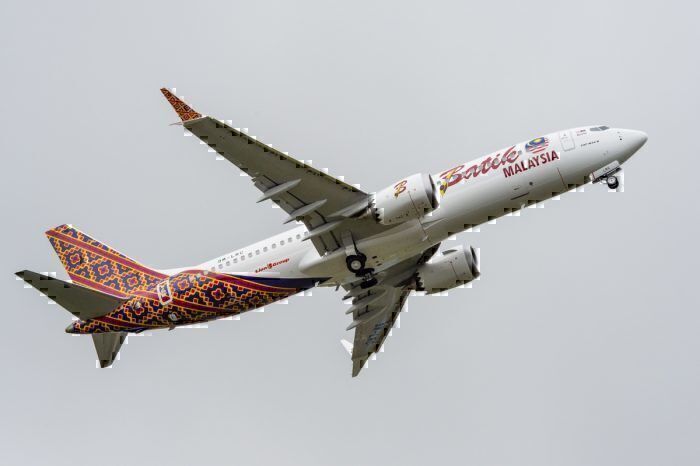
Efficiency is the master improvement. The 737 MAX uses new CFM International Spring engines and has several aerodynamic modifications, including distinctive winglets.
Co-ordinate to the website The 737 Information Site, there is a fourteen% comeback between the Next Generation and 737 MAX series. To demonstrate how this has improved significantly since the introduction of the 737, have a look at previous improvements. The same website quotes fuel burn reduction of 20% moving from the Original to the Classic series and a farther seven% comeback in the Adjacent Generation series.
MAX series variants
Like the Next Generation series, the MAX series has iv main variants of differing capacity and range. In full general, these offer an improvement over the Next Generation models, but of class, at an increased toll. Simple Flying looking in more detail at these differences and prices in a previous article.
| Variant | Passengers (exit limit) | Range |
| 737 MAX vii | 172 | vii,130 kilometers |
| 737 MAX 8 | 200 | 6,570 kilometers |
| 737 MAX 9 | 220 | six,570 kilometers |
| 737 MAX 10 | 230 | 6,110 kilometers |
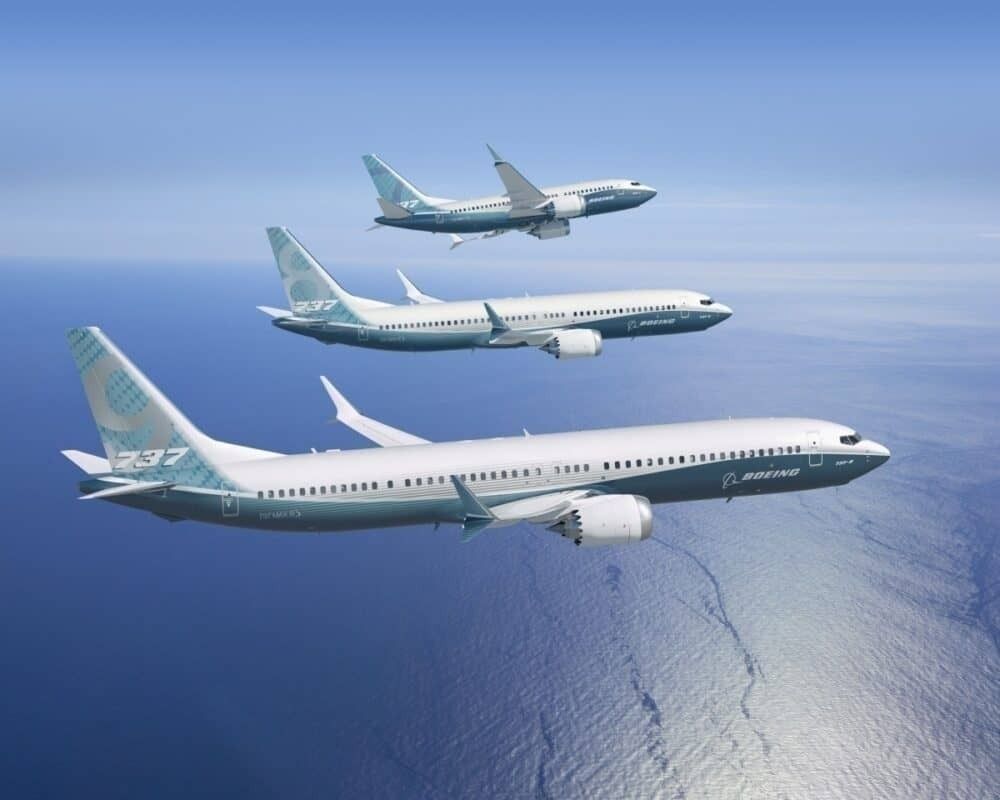
In that location is too a 737 MAX 200, a loftier capacity version of the MAX viii that has been ordered by Ryanair. This has additional exits to allow more than rider capacity. Delivery was delayed with the grounding of the 737 MAX, simply Ryanair hopes to take delivery by 2021.
Grounded in 2019
The 737 MAX may offer improvements in efficiency, capacity, and range, merely it has also had problems. It was involved in two fatal crashes, Lion Air Flight 610 in October 2018 and Ethiopian Airlines Flight 302, in March 2019. Following these, the aircraft was grounded by the FAA on March 13th, 2019.

The problems were with the Manoeuvering Characteristics Augmentation Organisation (MCAS). MCAS is designed to move the nose down if an increased bending of attack is detected, to aid avoid a stall. In the case of the MAX, in that location were several bug, including erroneous readings from the sensors, and the removal of specific MCAS descriptions from aircraft manuals.
Every bit of July 2020, changes have been made to the MAX flying command systems, and exam flights have been completed. This is the first stage of recertification of the blazon, and Boeing is hopeful this will happen by the end of 2020.
The grounding has been plush for Boeing. Every bit of July 2020, Boeing has accrued over $9 billion in liability. Information technology has besides, of course, suffered reputational damage and several canceled orders.
What's next for the 737?
Airbus edging ahead in orders
For a long time, the 737 was the all-time selling narrowbody aircraft. Boeing got alee of the competition with its innovations in the original 737 and has maintained its focus on improvements that match customers' needs since.
Airbus changed this, however, with the A320. It has been quicker at launching new, more efficient versions and has gained market place share. The grounding of the 737 MAX gave Airbus a further boost, and in late 2019 the A320 moved ahead of the 737 for shipping sold.
Equally of July 2020, Boeing has 14,801 orders across the whole 737 family. But Airbus has moved ahead with 15,572 orders for the A320 family. Boeing is still ahead in deliveries, for the time being.
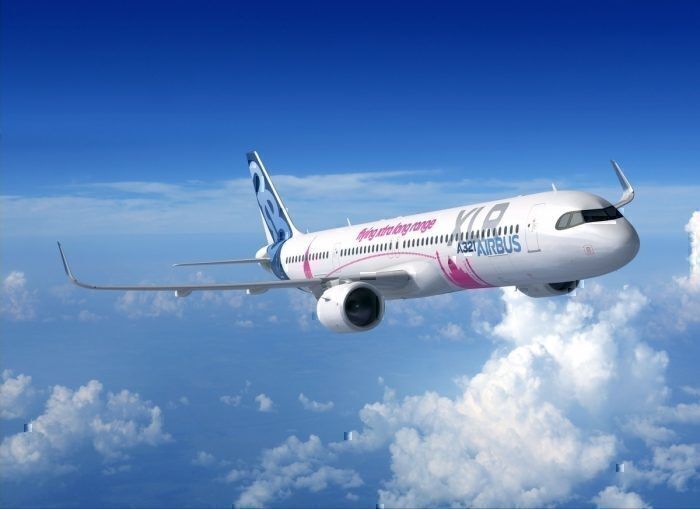
Reduced product in 2020
In July 2020, Boeing updated its program for reduced construction of aircraft due to the slowdown in aviation. In a letter sent to staff, CEO Mr. Calhoun explained the reasoning:
"The reality is the pandemic'south impact on the aviation sector continues to be severe (…) This pressure on our commercial customers means they are delaying jet purchases, slowing deliveries, deferring elective maintenance, retiring older aircraft, and reducing spend — all of which affects our business and, ultimately, our bottom line," Boeing said in its statement.
"To align to a smaller market, we lowered commercial production rates and took tough workforce actions throughout the quarter. Unfortunately, it'south become clear that we need to make further adjustments based on the prolonged impact of COVID-19."
This volition impact the 737, the 777 and 777X, and the 787. Production of the 737 will gradually increase to a rate of 31 per month by the beginning of 2022.
Earlier the slowdown, product had been stead at 42 aircraft per calendar month, but with plans to increase the rate to 57 per month (co-ordinate to FlightGlobal).
A fifth 737 generation?
Equally of July 2020, information technology is nevertheless not clear what the next version of the 737 will look like, just based on previous plans from Boeing, in that location could be a major re-design coming.
Boeing first proposed changes to the 737 as part of the Yellowstone project. This looked at updates to all aircraft series, using new technologies, electrical command systems, and blended structures. The 787 was delivered as office of this. But the project has stalled for the 737, with Boeing launching the 737 MAX in 2011 instead of pursuing it.
There have been more than developed plans for a larger aircraft, though. In 2015, information technology was reported that Boeing was pursuing a design for a New Midsize Shipping (NMA), mayhap entering service in the mid-2020s, and perhaps becoming the Boeing 797. It would be a twin-alley seven across aircraft, with both 225 and 275 seat variants. It would not really exist a replacement for the 737, addressing a gap between the 737 and the larger widebody market instead.
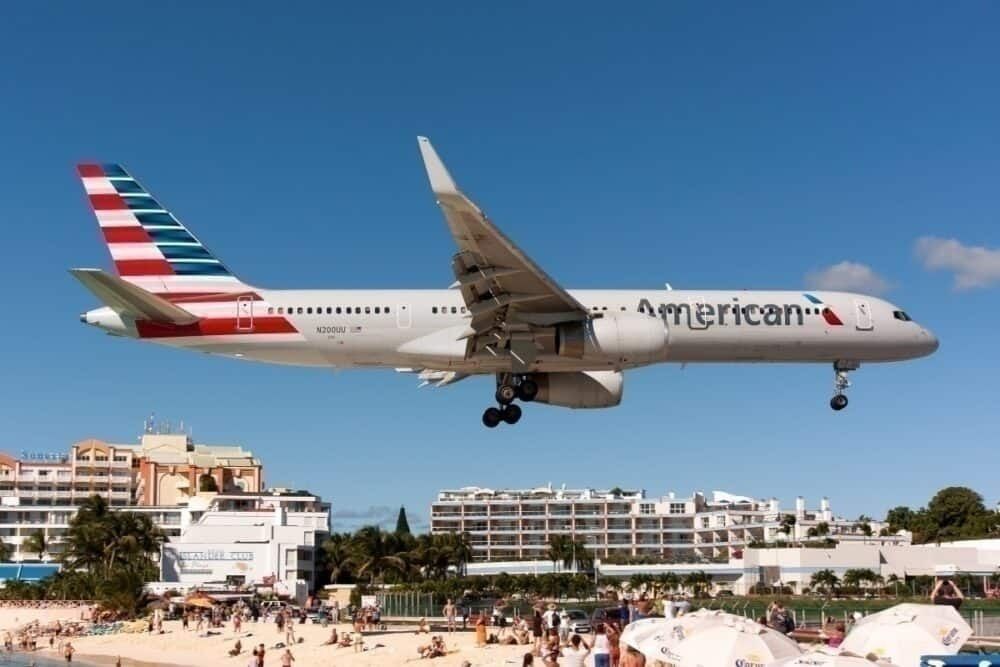
This, likewise, was put on hold, with Boeing announcing in January 2020 that it would focus instead on returning the 737 MAX to service, and await again at new aircraft design.
Simple Flying looked at the NMA and whether like plans could render. When markets recover, there is probable a demand for a larger, efficient point-to-bespeak aeroplane that the NMA could address. Especially with aging 757 and 767 aircraft, and a completing A321XLR offer from Airbus.
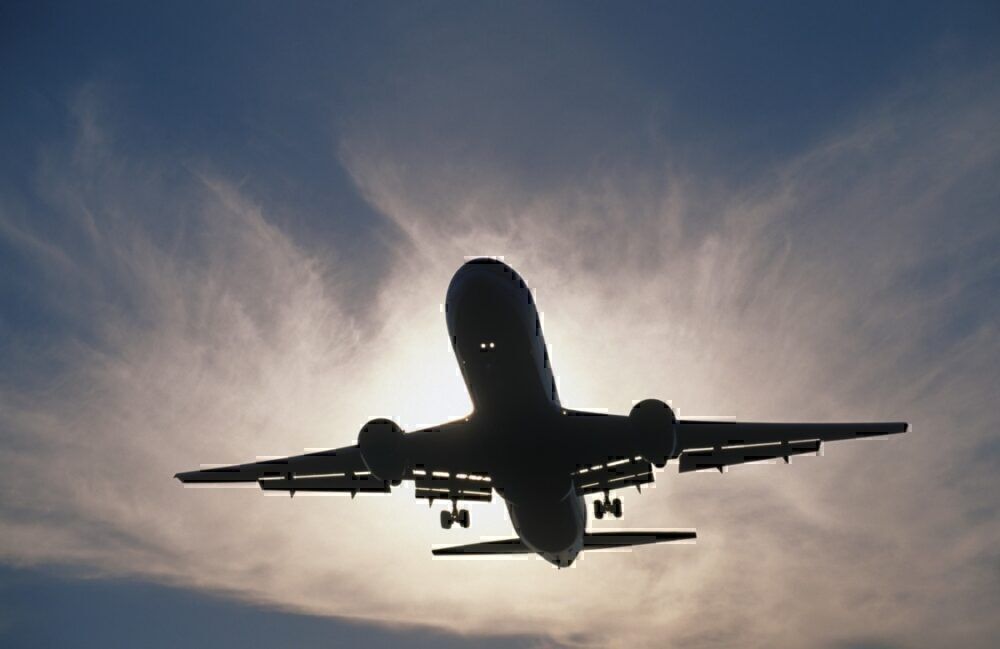
The slowdown may well have given Boeing some time to expect again at the NMA design as well as options for the 737. Simply it remains likely that in the near future, we volition run across a returned 737 MAX being offered alongside a larger, newly designed, NMA of some grade.
What are your thoughts well-nigh the Boeing 737? Let usa know what you call up in the comment section.
Virtually The Author
Source: https://simpleflying.com/boeing-737/
Posted by: williamshumpeatered.blogspot.com



0 Response to "How Long Has The 737 Been In Service"
Post a Comment